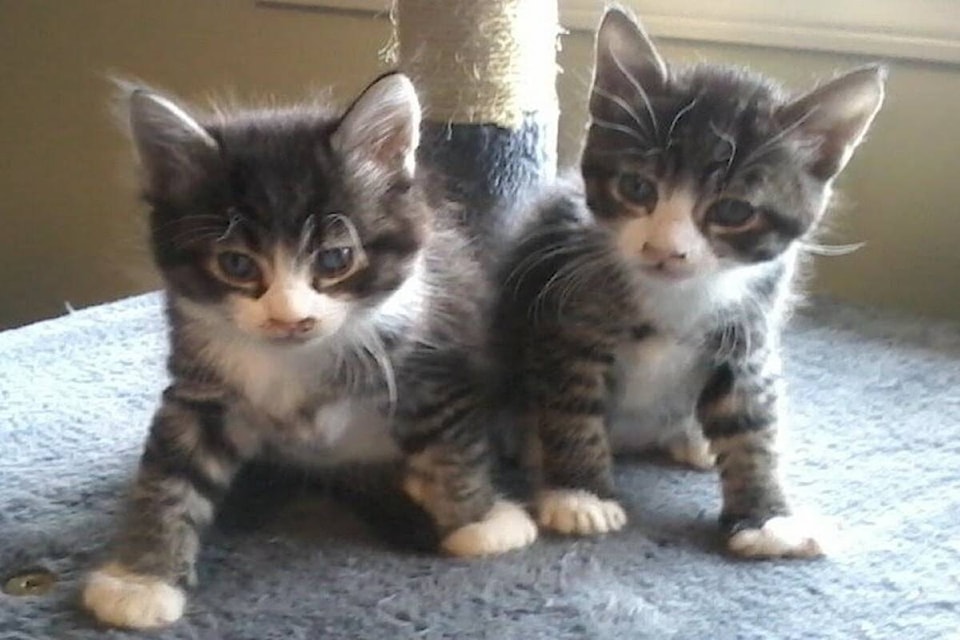~Rachael Kimola, Okanagan Humane Society
It鈥檚 that time of year again when local animal rescue agencies in the Okanagan Valley are overrun with kittens. As spring approaches, so does kitten season鈥攁 period marked by a significant increase in kitten births. Born to feral mothers or abandoned by owners either unwilling or unable to care for them, hundreds of kittens each year learn to live apart from humans, a hard life on the streets where many will die of starvation or injury, while others survive to adulthood only to perpetuate the cycle of overpopulation.
One kitten rescued off the street is a heartwarming story, two is twice the cuteness and trouble, but hundreds of stray and feral cats represent a preventable tragedy that humans are largely responsible for. Animal rescue agencies are gearing up to rescue as many as possible this spring and summer. However, due to the overwhelming numbers and limited resources, many will be left behind to survive as best they can. Given that one unspayed female cat can produce about 200 offspring in her lifetime, the reality is stark鈥攖here will never be a lack of kittens in the world, nor enough homes for all of them. And that鈥檚 on us.
The Okanagan Valley mirrors a global crisis, with millions of companion animals entering shelters annually worldwide. The root causes are a lack of spaying and neutering, and the abandonment of pets, driven by costs and a lack of awareness of the benefits of sterilization.
Solutions to Overpopulation
- Spaying and Neutering: This is crucial to controlling the pet population. Assistance programs, such as the Pet Assistance Program offered by the Okanagan Humane Society (OHS), help offset the cost of spay/neuter procedures, making it more accessible to pet owners.
- Education and Awareness: Enhancing awareness about the responsibilities of pet ownership and the importance of sterilization can significantly reduce abandonment and unintended litters. Educational programs can cultivate a culture of responsible pet ownership.
- Adoption Initiatives: Promoting pet adoption over purchasing from breeders or pet stores can reduce the number of animals in shelters. Special adoption events help find homes for animals in need.
- Support for Rescue Agencies: Donations of money or volunteer time to local agencies are critical, especially as organizations like OHS receive no government funding and rely solely on community support.
- Legislation and Regulation: Laws requiring pet owners to spay or neuter their animals can decrease the number of unwanted animals. Regulations that penalize abandonment and encourage microchipping can also reduce stray populations.
Want to help? The OHS is always in need of volunteers. A few dollars or a few hours of your time can make a difference in an animal鈥檚 life. Reach us online at
READ MORE: Okanagan Humane Society gets donation amid record year for surrenders



